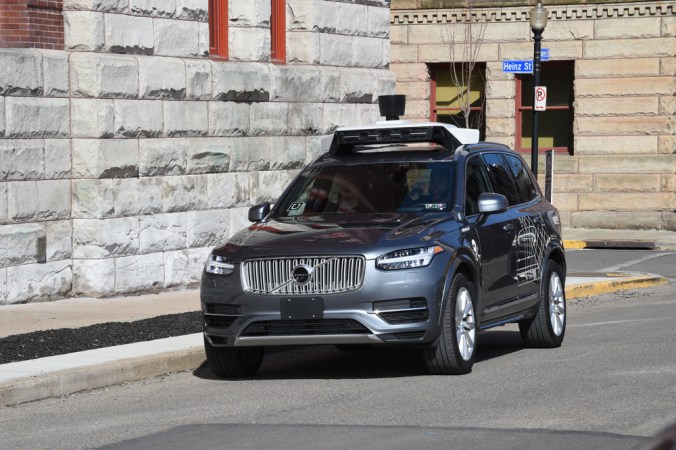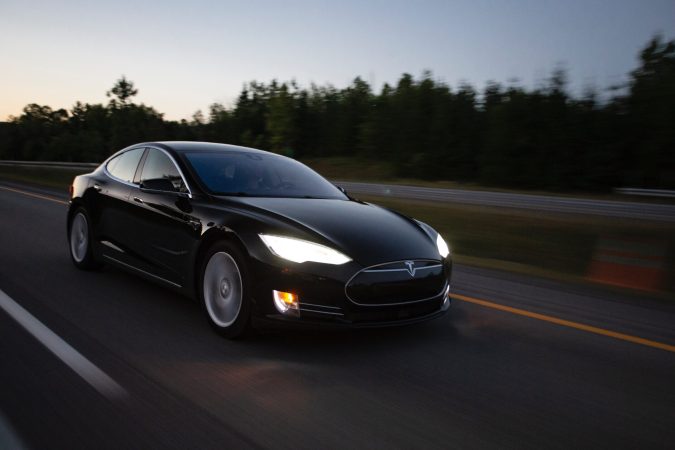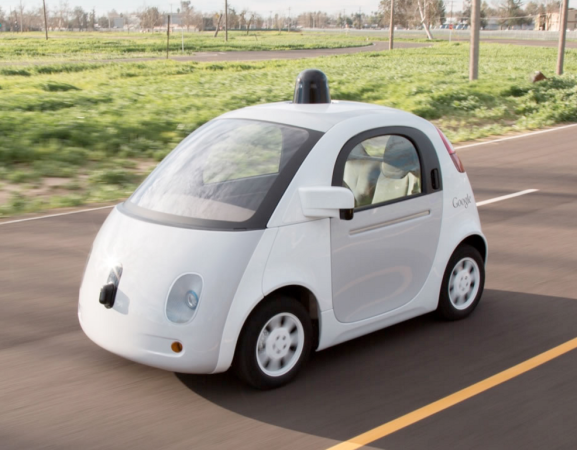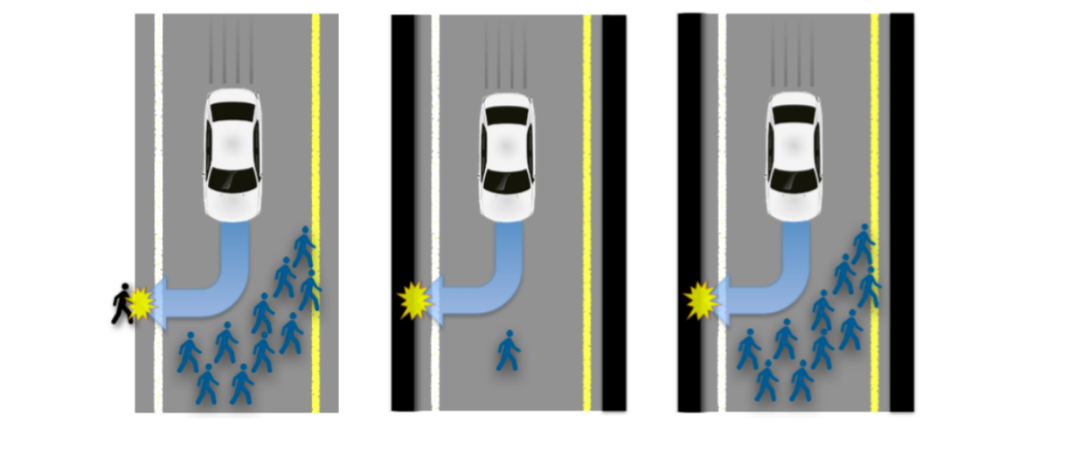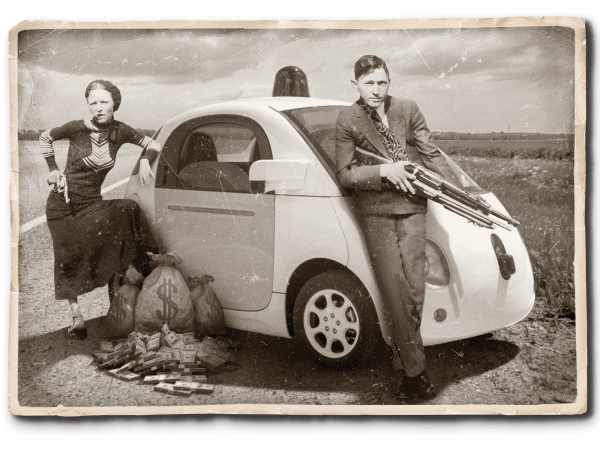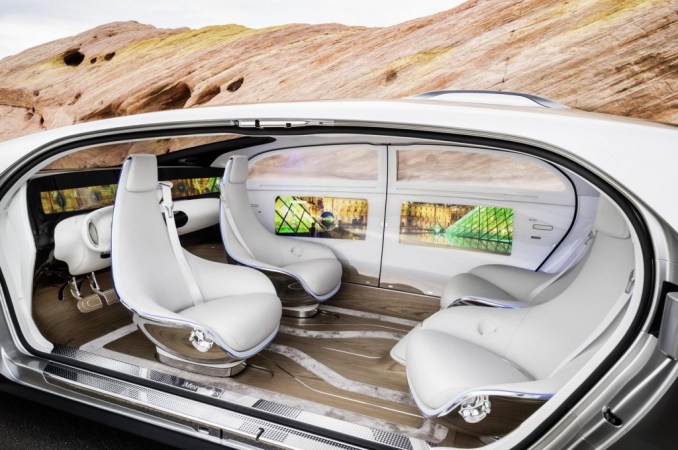

The driverless car stars daily in the news, in opinion columns, and the business pages. It is on the tip of everyone’s tongue. The robot car will disrupt the car culture, reinvent mobility, and unleash trillions of dollars of economic activity. Best of all though, it will save 36,000 lives a year and eliminate 2.9 million injuries. Or so we are told. Those lives are lost, we hear, because we drivers are responsible for 94 percent of crashes. Eliminate the driver, eliminate most crashes, save lives. In truth, we don’t really know as much as we think we do about what causes crashes.
Not surprisingly, the true believers preach the driverless car gospel louder than anyone. Anthony Levandowski, the brilliant engineer who headed up driverless car projects for both Google and Uber told Burkhard Bilger of the New Yorker, “Once you make the car better than the driver, it’s almost irresponsible to have him there.” Those who might oppose his righteous crusade are either irresponsible or irrationally afraid of a robot uprising. “Every year that we delay this, more people die.” Elon Musk, who seems to have inherited Henry Ford’s genius for grabbing headlines, put it more combatively when he chastised the media for writing negative stories about Tesla’s “Autopilot.” “If, in writing some article that’s negative,” he told reporters, “you effectively dissuade people from using an autonomous vehicle, you’re killing people.” The context was negative publicity surrounding what was widely reported as the first Autopilot death. Musk grew more pugnacious when a financial journalist suggested that Tesla should have alerted investors to the “material fact that a man had died while using an auto- pilot technology that Tesla had marketed vigorously as safe and important to its customers.” Musk responded: “Indeed, if anyone bothered to do the math (obviously, you did not) they would realize that of the over 1M auto deaths per year worldwide, approximately half a million people would have been saved if the Tesla autopilot was universally available. Please, take 5 mins and do the bloody math before you write an article that misleads the public.”
Karl Vogt, whose driverless car startup GM bought for about $1 billion, told Forbes that driverless cars were his “true calling.” Like Levandowski and Musk, Vogt emphasizes safety. “Part of what’s driving him is the fact that some 33,000 Americans are killed by highway accidents each year, 90% of the time because of human error,” Forbes reported.

Vogt may be rounding down: most sources reference human error as causing 94 percent of crashes, injuries, and deaths. “Today, 94 percent of traffic accidents involve driver error,” said Secretary of Transportation Elaine Chao, introducing federal regulations designed to encourage further development of driverless cars. She went further in NHTSA’s “Automated Driving Systems 2.0: A Vision for Safety.” “The major factor in 94 percent of all fatal crashes is human error,” she wrote. Chao pulls that figure from NHTSA itself. The National Motor Vehicle Crash Causation Survey conducted between 2005 and 2007 found that in 94 percent of crashes, the “critical reason for the critical pre- crash event” should be attributed to the driver. I haven’t done the bloody math, but I have read the bloody footnotes. A huge distance separates that carefully crafted phrase “critical reason for the critical pre- crash event” and the shorthand, “drivers cause 94 percent of all crashes.” The study’s authors took pains to highlight this fact:
Although the critical reason is an important part of the description of events leading up to the crash, it is not intended to be interpreted as the cause of the crash nor as the assignment of the fault to the driver, vehicle, or environment.
The emphasis is decidedly in the original. Yet even NHTSA officials have trouble communicating the difference. I exchanged several emails and spent a half hour on the phone with a representative of the NHTSA press office who could not explain the difference between the footnote and the shorthand and must have hung up the phone and headed off to lunch thinking I was dense. I myself began to wonder. I felt headed for a lifetime of scratching “94%, 94%, 94%” in tiny letters on the worn pages of a composition book. Was I making too much of an italicized footnote? Then Daniel Blower, associate research scientist emeritus of the University of Michigan Transportation Research Institute, talked me back to sanity.
I had tracked down Dr. Blower’s “Large Truck Crash Causation Study Methodological Note.” The LTCC study involved intensive work by NHTSA field teams and served as the model for the National Motor Vehicle Crash Causation Survey, whence the 94 percent. “Note that the critical event is not the ‘cause’ of the crash,” Blower told me via email. “When considered carefully, the statement that drivers cause 94 percent of crashes is not very helpful,” he wrote. “The fact is that in the vehicle- driver- environment system, the driver is the last thing that can do anything to avoid the crash.” In other words, no matter how poorly designed the intersection, or how inadequate it is for the increase in traffic since the day it was built, drivers navigate it every day without incident. The “did not crash” figure dwarfs the number of crashes, which implies that drivers routinely compensate for the hazard.
Traffic engineers are the ones who design those intersections. Traffic engineering trades safety for mobility. More than one in three road deaths occur at intersections where “turning moments” and crossing traffic result in deadly “T- bone” crashes. When considering how to make an intersection safe, the engineers begin with a bias toward flow. “Does this intersection warrant any control at all?” they ask. If it rarely sees traffic, no control of any kind is warranted. If it has enough traffic, it gets a stop sign. More cars, and sometimes pedestrians warrant a stoplight. Drivers hate stoplights. Driverless car promoters employ the same balance, putting mobility first and then adding safety as conditions warrant.
New York is one of ten US cities trying to create a world in which not one life is lost to automobility. “No level of fatality on city streets is inevitable or acceptable,” states the city’s Vision Zero Action Plan. The approach is holistic. New York’s radical privileging of life over automobility will require changes in political accountability, the culture of mobility, and road designs, proponents argue. Road speed limits will have to be lower. Actually, we already have the technology to do all of these things while we wait for the driverless car to be perfected and commercialized. Planners and engineers call it “traffic calming.” It amounts to reengineering streets so that vehicles slow down to a speed where they no longer present a hazard.
Notice that Vision Zero is about changing the culture of mobility by framing all road users as citizens with equal rights to safety and security. It means refighting the battle over street space won by the automobile at the turn of the last century. The ultimate measure of Vision Zero’s success will be whether American culture changes from one that privileges driving to one that accepts the equal rights of all road users.
Its potential for saving lives aside, Vision Zero lacks the gee-whiz appeal of the driverless car. It arose not from wondrous, world-shifting algorithms but from the tedious reality of public meetings where everyone gets to say their piece. Although New York City’s mayor Bill de Blasio endorsed Vision Zero, New York State’s governor served up the city’s pedestrians and cyclists as algorithmic guinea pigs. According to a statement by Cruise Automation, GM’s autonomous car startup that will operate with Governor Andrew Cuomo’s blessing, “New York City . . . provides new opportunities to expose our software to unusual situations.” New York’s pedestrians may object to being called unusual situations.
We can have safer, more hospitable streets as well as the active safety features of autonomous cars. Cars should be able to stop themselves and avoid running off the road whether or not the person inside is paying attention. They should be able to maintain a speed safe and appropriate to conditions. They should be able to see things a human driver cannot easily see such as blind spots and the area directly behind the bumper. In fact, with varying degrees of success, many of the newest cars can. The rhetoric around autonomous vehicles has gotten so heated, however, that some people think that means we have robot cars.
Excerpt from Are We There Yet?: The American Automobile Past, Present, and Driverless by Dan Albert. Copyright © 2019 by Daniel Marc Albert. With permission of the publisher, W. W. Norton & Company, Inc. All rights reserved.

